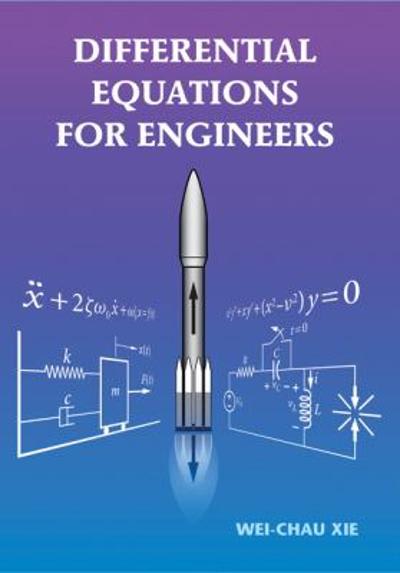Answered step by step
Verified Expert Solution
Question
1 Approved Answer
The Central Limit Theorem can be demonstrated by taking sample mean distributions from a population that is not normally distributed. Graph the probability distribution for
The Central Limit Theorem can be demonstrated by taking sample mean distributions from a population that is not normally distributed.
- Graph the probability distribution for rolling a six-sided die as a relative frequency histogram. Determine the mean and standard deviation for this distribution.
- Construct a relative frequency distribution for a sample mean distribution with sample size of 4 for rolling a six-sided die using 100 trials. Sketch this as a relative frequency histogram using the same horizontal and vertical scales as the relative frequency histogram for the population. This means using classes of1?x?
- 1?x ?

Step by Step Solution
There are 3 Steps involved in it
Step: 1

Get Instant Access to Expert-Tailored Solutions
See step-by-step solutions with expert insights and AI powered tools for academic success
Step: 2

Step: 3

Ace Your Homework with AI
Get the answers you need in no time with our AI-driven, step-by-step assistance
Get Started


